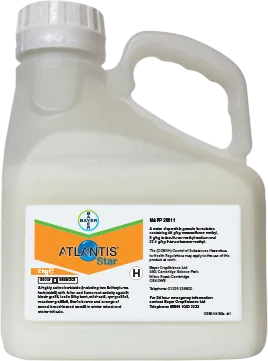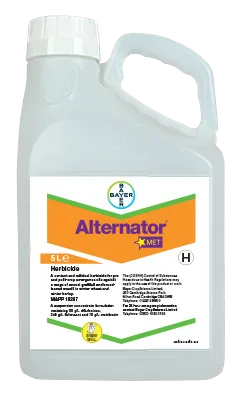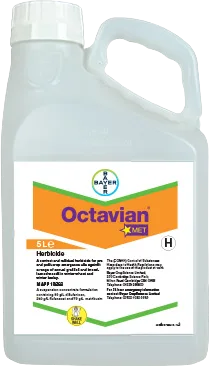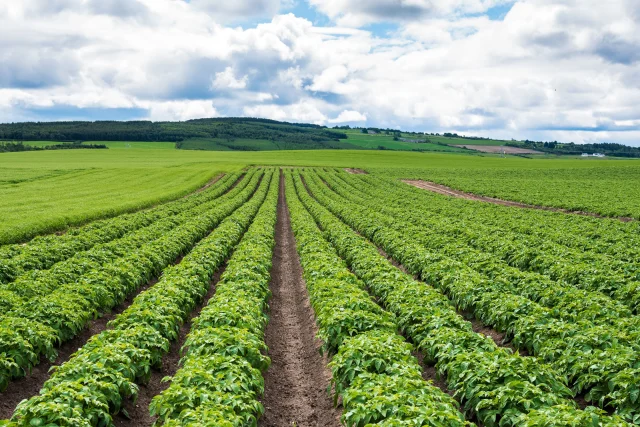Published on 30th January 2024
Local Insights
How to manage crops in the south after a difficult autumn

After a difficult autumn and winter, Matt Siggs assesses where south west growers stand heading into February
Crop Progress
Some areas of the south west, for example in Hampshire and Wiltshire on chalkier ground, by the nature of the soil type have escaped the worst effects of the heavy winter rain, with water draining away. In those areas, agronomists are reporting that perhaps up to 95% of cereal crops were drilled and for those that managed to apply residual herbicides, they are working well and there is some optimism for crops.
In other parts, the low-lying areas, bottoms of valleys, heavier soils the ground is or has been saturated and / or flooded. The Somerset Levels, for example, have been completely flooded as we’ve seen in previous years, while in Devon and Cornwall, maize harvest has made a bit of a mess.
Overall, though, high winter rainfall is not so unusual for the south west and farmer’s systems seems to have coped reasonably well.
Matt’s agronomy tips for February
1. What to do with unplanted areas?
We’re certainly not in the same situation as some other parts of the country in terms of land either not being planted or large areas of crops needing to be redrilled.
Where there is land left to be drilled, there are some options, including drilling wheat. Remember if you drill any variety of wheat in February, even one that is a winter variety, it becomes, for the sake of crop designation, a spring crop which will limit some herbicide choices, for example.
Spring barley seed is difficult to source, which for virtually all growers means drilling either seed already ordered or barn dipping from last year’s crops. That’s fine where you already grow it on the farm, but obviously limits options where it wasn’t.
With it being a funny year for spring barley last year, it will be important to get it tested before drilling home-saved seed, as the conditions will mean there is a high potential for seedborne disease carryover.
If the test comes back requiring treatment, then Redigo Pro (prothioconazole + tebuconazole) is a suitable option.
Other potential spring crop options include spring oats or spring beans. For the latter there is an extra herbicide option in Emerger (aclonifen). It should be mixed with a partner, such as clomazone, pendimethalin or Nirvana (pendimethalin + imazamox) and used pre-emergence only. A fine, firm seedbed will help to maximise efficacy.
2. Weed control in cereals
Obviously, the following depends on whether you’re able to travel without causing too much damage, but there can be good opportunities for weed control in cereals in February. There can be a decent advantage of getting a contact-acting grassweed on in February when weeds are still relatively small compared with waiting until late March.
Probably up to 50-60% of wheat crops received a residual herbicide in the autumn, with the farmers following the mantra, drill it, roll it and spray it in fields with higher difficult grass weed populations. Generally, growers seem happy with the way residuals have worked too.
However, they will start to run out of activity in the spring, leaving mesosulfuron-containing products, such as Atlantis Star (mesosulfuron + iodosulfuron + thiencarbazone) with 15g/ha of mesosulfuron as options to maintain best control.
In our trials we’ve seen a decent uplift from 0.333 kg/ha of Atlantis Star on grassweeds, and if we do get some dry, clear, sunny days with around above 5C daytime temperatures the product should be taken up by the weeds. Kill times will be slower in these conditions but it should still get there.
Other mesosulfuron-containing options include Othello, Hamlet and Pacifica Plus, it will come down to what weeds are present, and what has been done previously in the field, to which is the best choice.
For some difficult grassweeds, especially with protracted germination periods, it’s probably worth adding a residual herbicide, whether that is 0.3 L/ha of Liberator (flufenacet + diflufenican) or possibly one of the metribuzin products, Alternator Met or Octavian Met (both flufenacet + diflufenican + metribuzin), which can be used up to GS25 of the crop. Check product labels carefully as not all can be used with different mesosulfuron-containing products.
When spraying obviously avoid applying to waterlogged soils, or on a frost when the product will run straight off the leaves, and avoid stressed crops as well. If there is heavy rain forecast, again it Is not worth applying, as it will wash down the soil profile and cause too much crop damage.
3. Spraying off cover crops / stubbles
There wasn’t much opportunity to spray off cover crops before this was written in mid January, but the first frosts were just hitting which will help cover crop destruction.
Finishing them off with glyphosate is likely to be a priority as giving a bit more time for breakdown ahead of drilling especially spring barley seems to be important from the farmer trials and walks I’ve seen. Spraying off a month ahead of drilling can make a 1t/ha yield difference.
Rates required will depend on growth stage of the species being targeted – and the same applies for spraying off stubbles too. It’s important to get some advice to follow stewardship guidelines and avoid using a suboptimal dose.
4. Monitor for light leaf spot
While we are not able to provide our Spotcheck light leaf spot monitoring service in oilseed rape this season, previous history suggests that February and March are typically when the disease gets going.
So, I would suggest this is the prime time for walking crops, monitoring and taking some leaf samples to incubate to check for symptoms that might not be visual as yet.
If you need some protection, and a lot of crops don’t receive any autumn sprays now, then 0.3-0.4 L/ha of Proline (prothioconazole) will help tidy up the diseases until it reaches the main flowering spray later in spring.
5. Check out our maize varieties
With preparations for maize plantings under plastic likely to be underway at the end of February and variety choices being made for later drilled crops, have a look at our Dekalb varieties for this season.
We’ve seen some good results in the south west from the three available varieties, giving good fresh weights and cob sizes. They all have a FAO of 200, so relatively late maturing and will suit favourable sites with good, warm soils.
In terms of a standard mid-October harvest, they perform well, and perhaps better in the south west than you might expect, given that type of genetics. As long as they get the heat units, they’re looking good.






